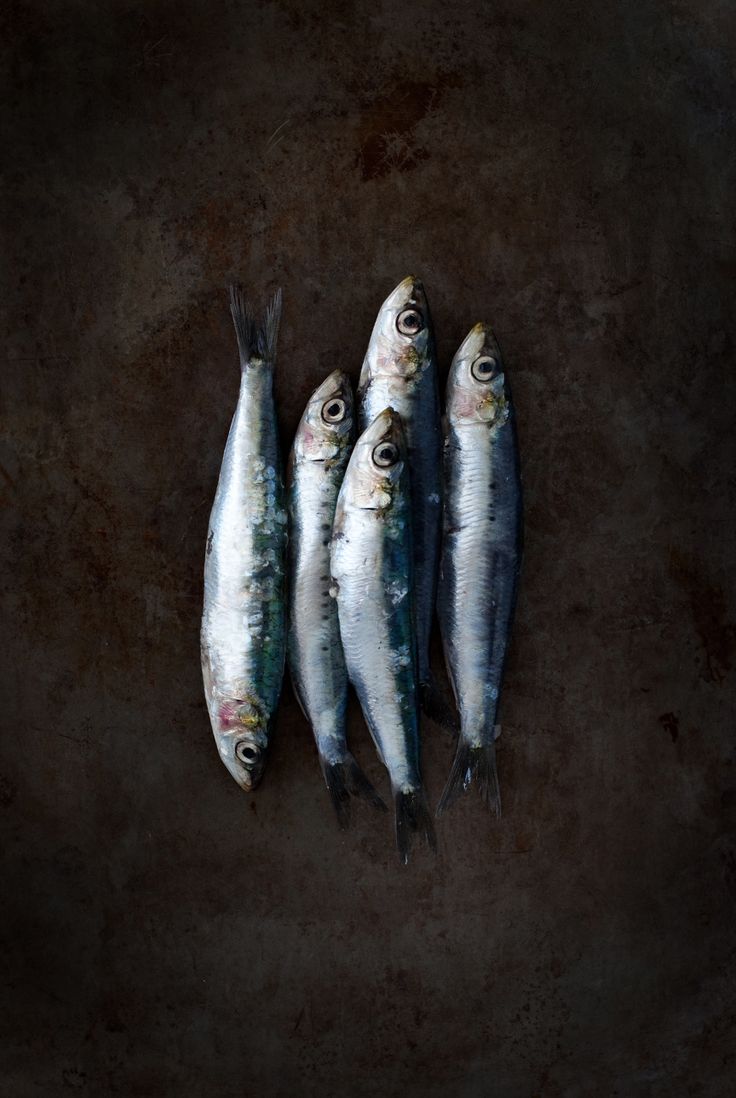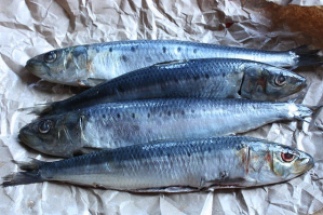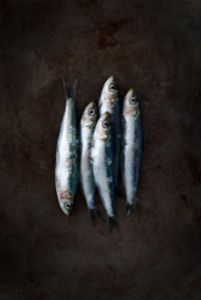My cooking, over the years, has been influenced by so many things: Sally Fallon and her crusade against the fat-phobic food industry; my oma’s decadent goulash and schnitzel; my grandma’s borscht with sour cream; my inexplicable personal cravings for eggplant, lamb, and dumplings; my farmer sweetheart who brings me endless winter squash and carrots; the kimchi-and-taco truck parked near the old studio I used to work at.
I didn’t really learn to cook until college, when I lived in a housing cooperative where I cooked one night a week in a team of five people for 50 mouths, all with active and vociferous dietary restrictions and preferences. There were endless variations on peanut tofu, decadent dinners where we dressed an entire tuna, and a pit dug in the backyard for a pig roasted with rabbit stuffed inside. My go-to late-night study snack that year, living in California, was mashed avocado sprinkled with sea salt on a slice of sprouted grain bread, a far-cry from the Kelloggs boxed cereals my family raised me on. Not so long ago, I lived with a lively crew who regularly brought home roadkill racoon and goose –we roasted these with the apples we’d gleaned, ramps we’d dried, and wild rice hand-harvested and brought down from the Great Lakes.
When I consider the rich food experiences I’ve had, I realize that the greatest influences on my cooking have been, first, whatever is at hand (not what’s seasonal, but what’s is in the cupboards) and second, what can I afford?
My sweetheart and I agree that I pretty much romanced him entirely through my cooking. Sensing that he was a food-oriented person, I quieted my crush-jitters by inviting him to dinner where I limited myself to two newly-purchased ingredients. I managed to woo him once over chipotle chicken soup with cilantro and dumplings (gluten free and somewhat the consistency of matzah balls, which he seemed to appreciate), and again with stuffed cabbage with thyme and tomatoes (I think I got a kiss for that one).
I have come to terms with the fact that my culinary tendencies are entirely unsuited for following persnickety recipes (a genetic disorder, I’m afraid), and that my most innovative and surprising dishes (sometimes not reproducible) have come out of figuring out how to make do with what’s on hand and in my budget.
I’ve come to apply harm reduction principles when I strategize about what to cook and what to eat. Like everyone else making choices in a confusing and sometimes limiting world, I just keep trying to keep reasonable quantities of wild, local, organic, and fair-trade items in my diet. It’s nearly impossible to eat “perfectly” in this imperfect world, and it would make me crazy to try. Perfect is not an aspiration I have. I aim to make less harmful choices, both for myself and for the planet, and this sometimes means compromise, like eating sardines that come from a can. Good thing sardines are so delicious, especially when packed with lemon.
Maybe you maybe serve up recipes like this? I’d love to hear your variations, sources for ingredients, or wild innovations.
The foundation of my fish cake is small, cold water fish — full of the good EFA-packed oils, low toxin accumulation, more sustainably harvested, low on the food chain. The great herbalist and teacher Juliet Blankenspoor taught me to think of the most desirable fish in the SMASHT acronym — Salmon, Mackarel, Anchovies, Sardines, Herring, (Yellowfin) Tuna. Small fish tend also to be a more affordable form of seafood, and I always look for fish packed in water or olive oil, as those packed in soybean or cottonseed oils are common but not stable, often rancid, and not wonderful for your insides.
I like to offer these recipes because so many clients and friends seem at a loss for how to prepare or consume small fish. I think the best way a recipe can be shared is to communicate the basic foundation of the dish and encourage improvisation of the details. That’s how I like my “seafood croquettes,” as my housemate calls them.
CHUB CAKES with Ferment Vegetables
+ Place fish in a mixing bowl, with all the juices. Don’t drain! That’s where the best oils are.
+ Mash the fish with egg and spices and a little bit of flour. I like dark buckwheat or corn. More egg/less flour for thin fritters, less egg/more flour for hearty burger-like cakes. Some folks like to add home-made mayonnaise or cream.
+ Season with ground nettles, black pepper, and diced onions.
+ Spoon mixtures into hot greased pan or on a greased baking sheet. Flip until golden on both sides and no egg runs out when pressed with a spatula.
+ I like making silver-dollar sized croquettes as an appetizer and serving with mustard or chipotle mayo and kimchi.
This recipe is lovely for a quick lunch or snack, or even a light salad-oriented dinner, as you only need to assemble the various elements. I’ve even presented these nicely enough that guests accepted these as hors d’oeuvres.
+ Open several tins of sardines and slice sardines into quarter size portions.
+ Find a cracker variety you like (I’m a fan of Mary’s Gone Crackers) and arrange them on a plate.
+ Spread a dab of sour cream or creme fraiche on the cracker and place sardine snugly on top. Alternately, skip the sour cream/creme fraiche and instead lay the sardine on the cracker and sprinkle crumbly feta or queso blanco atop the fish.
+ Season with black pepper and sea salt to taste, top with thin slices of pickled lemon, and sprinkle chopped parsley and cilantro over the whole plate. Garnish with pickled vegetables and greens.
SALMON MELTS on Corn Tortillas
My feeling is that fresh salmon, if you aren’t going to eat it grilled or pan fried or baked, is delicious in a salmon salad with dill, but its perhaps a waste of fresh fish to eat it in a salmon melt. Canned salmon, however, is cheaper and already has a texture perfect for a burger or melt. I try to choose wild-caught salmon that’s darker in color, but of course that is more expensive, so I often settle for the pink instead of the red. This recipe makes two tortilla melts. (Do you live in New England? I love Mi Tierra tortillas).
+ Open a small can of salmon and do not drain. Empty the entire contents into a mixing bowl and mash with a fork.
+ Add minced parsley and green onions, black pepper, salt, paprika, and a pinch of cayenne. Mix well.
+ Add one tablespoon of homemade-mayo or an organic brand and mix thoroughly. I also like to mix a chipotle or Sriracha spicy mayo for this recipe.
+ Divide the mixture between two corn tortillas and top with a cheese of your choice (I love goat cheese here).
+ Pop in oven or toaster oven for 5-8 minutes depending on heat of your appliance.
+ Remove from oven, add fresh lettuce or other greens (chickweed?), fold like a taco, and enjoy.
Stay tuned for the next installment of How do I make that? Whole Foods Recipes on a Budget, Part II!


